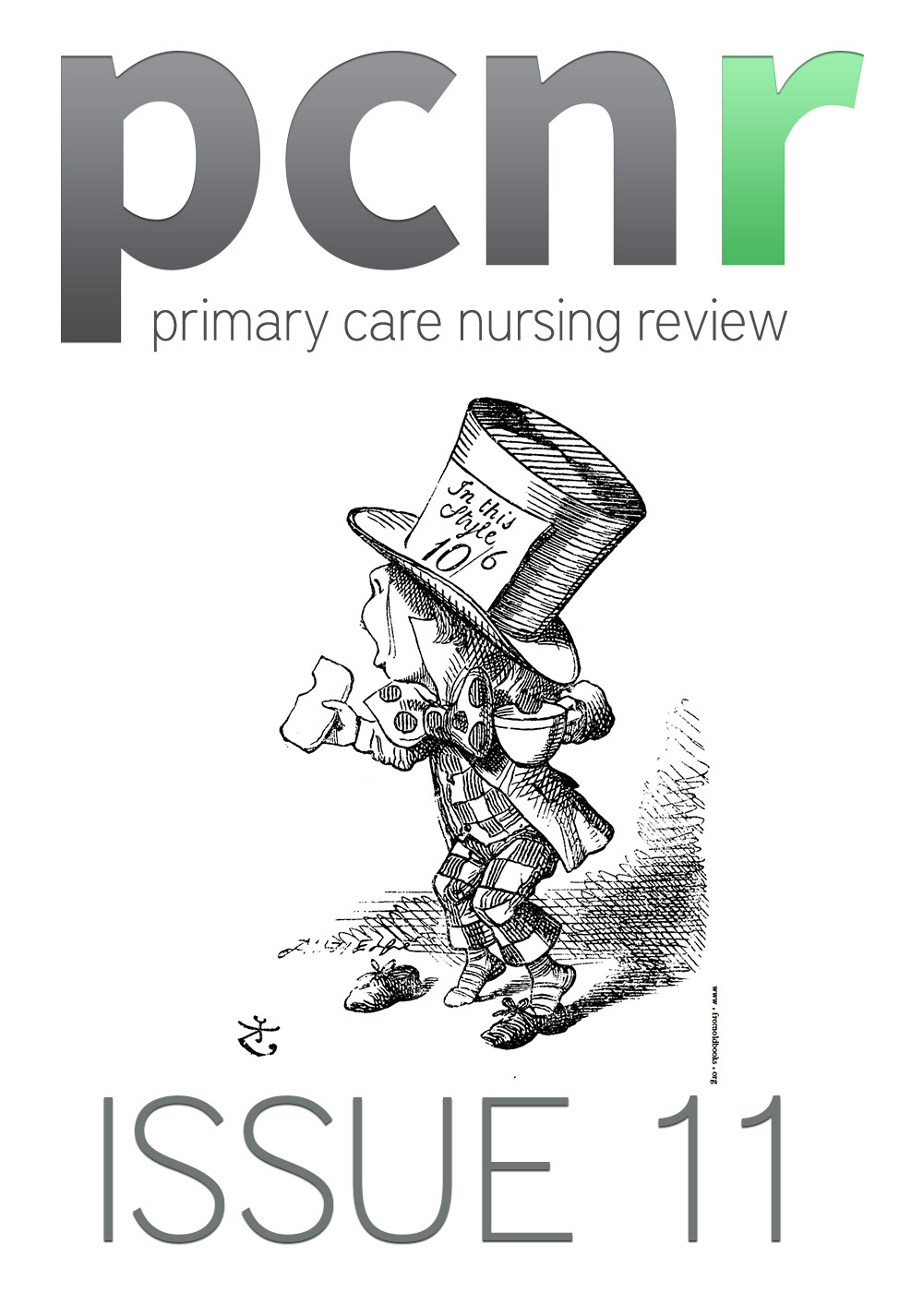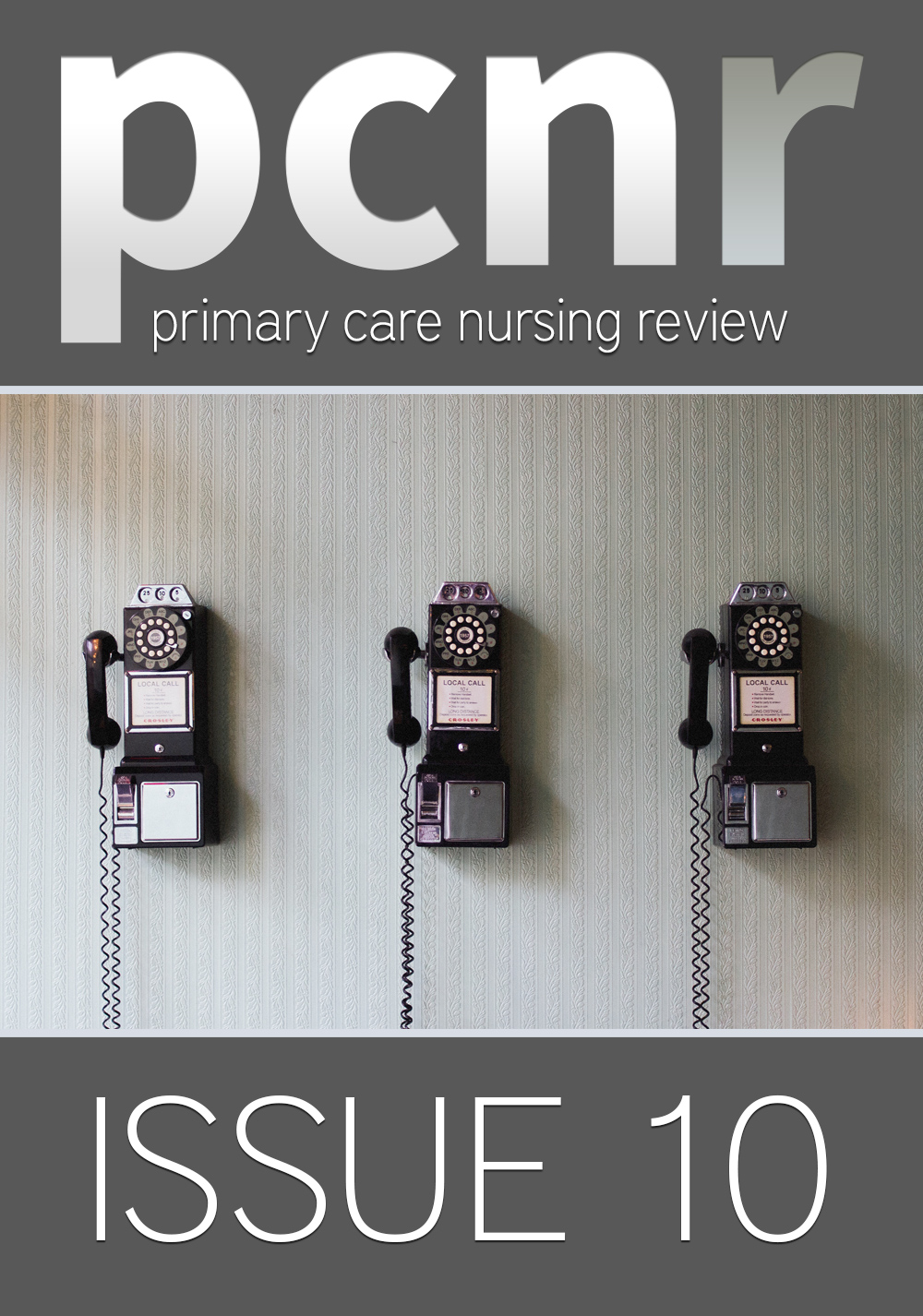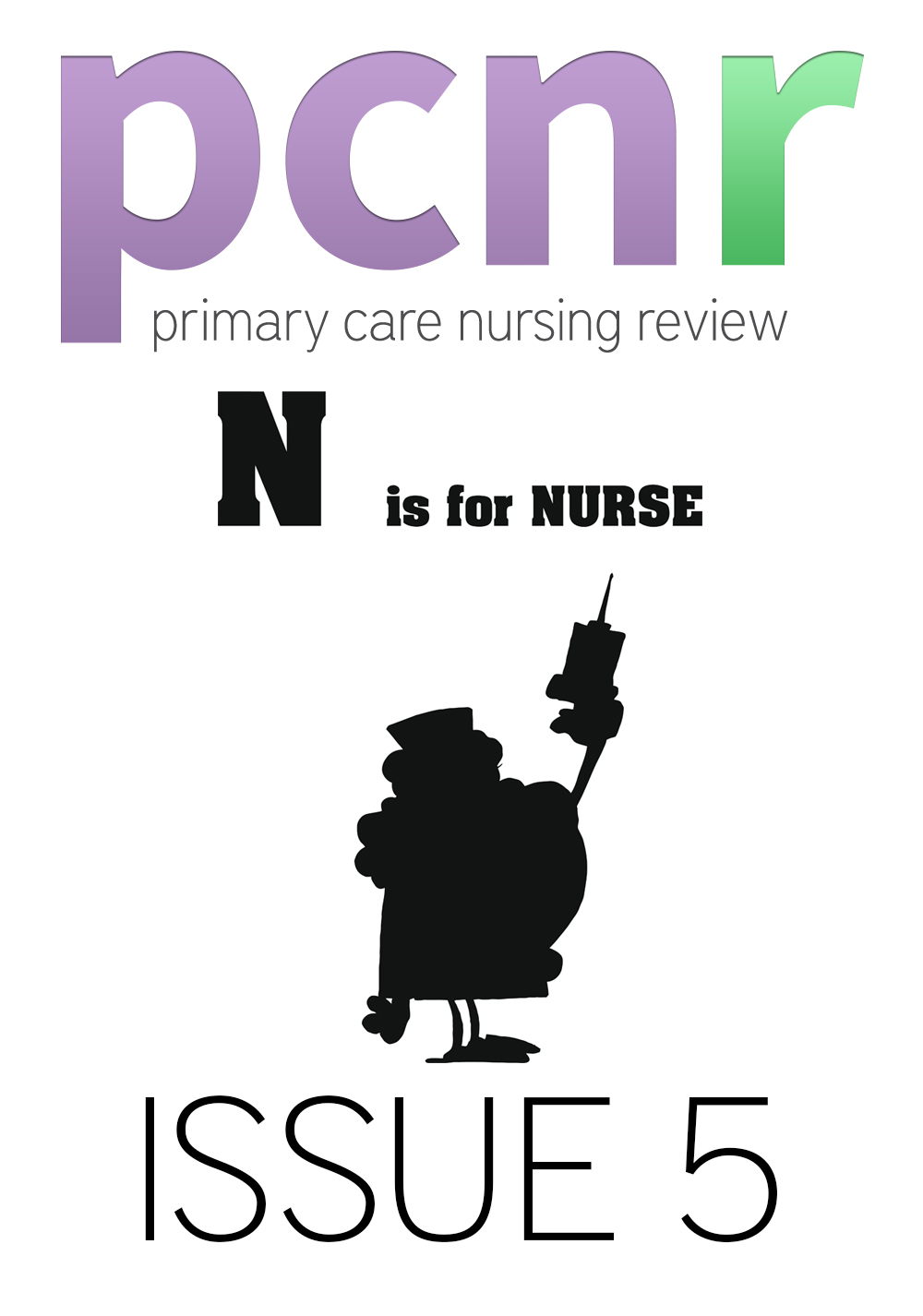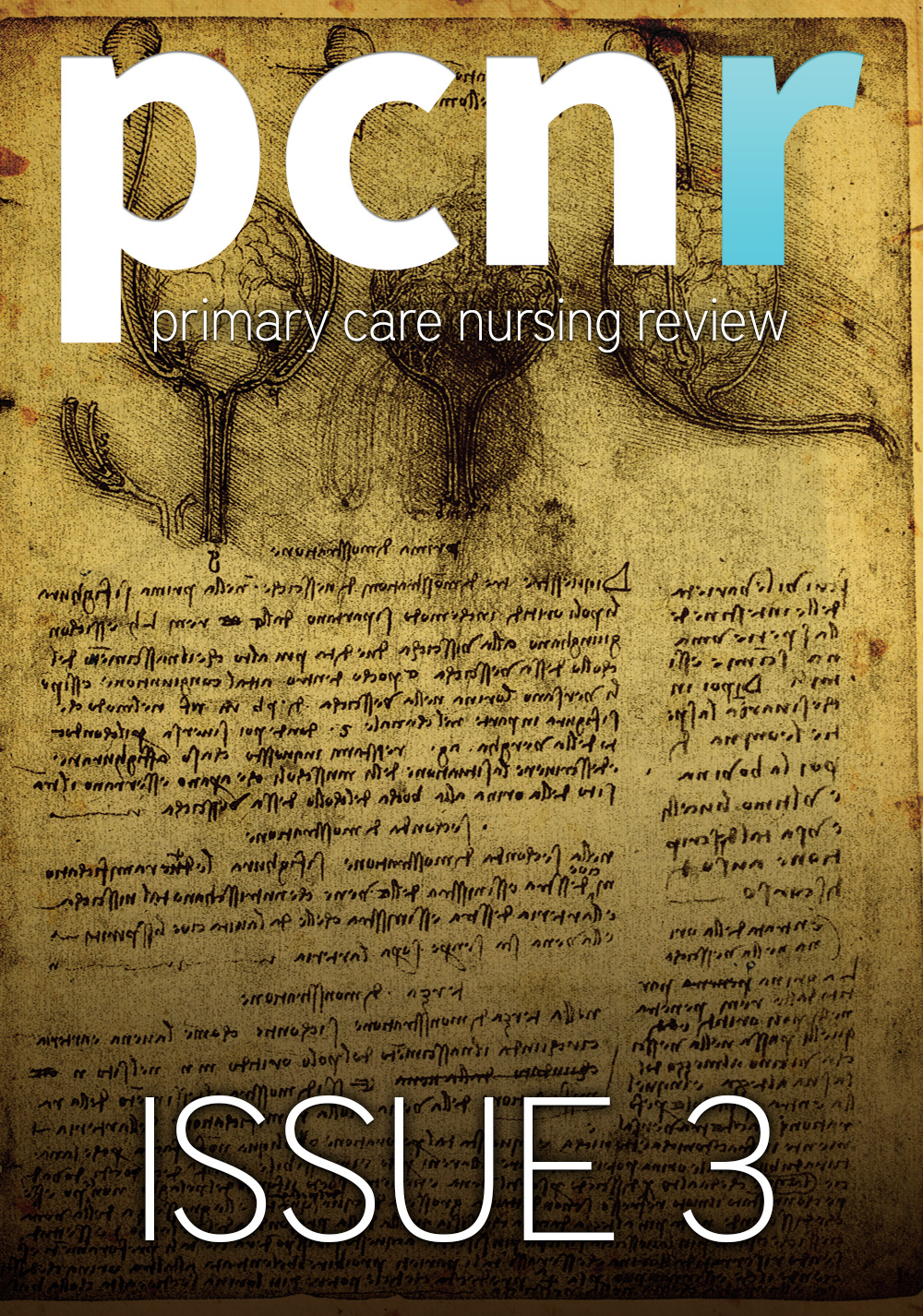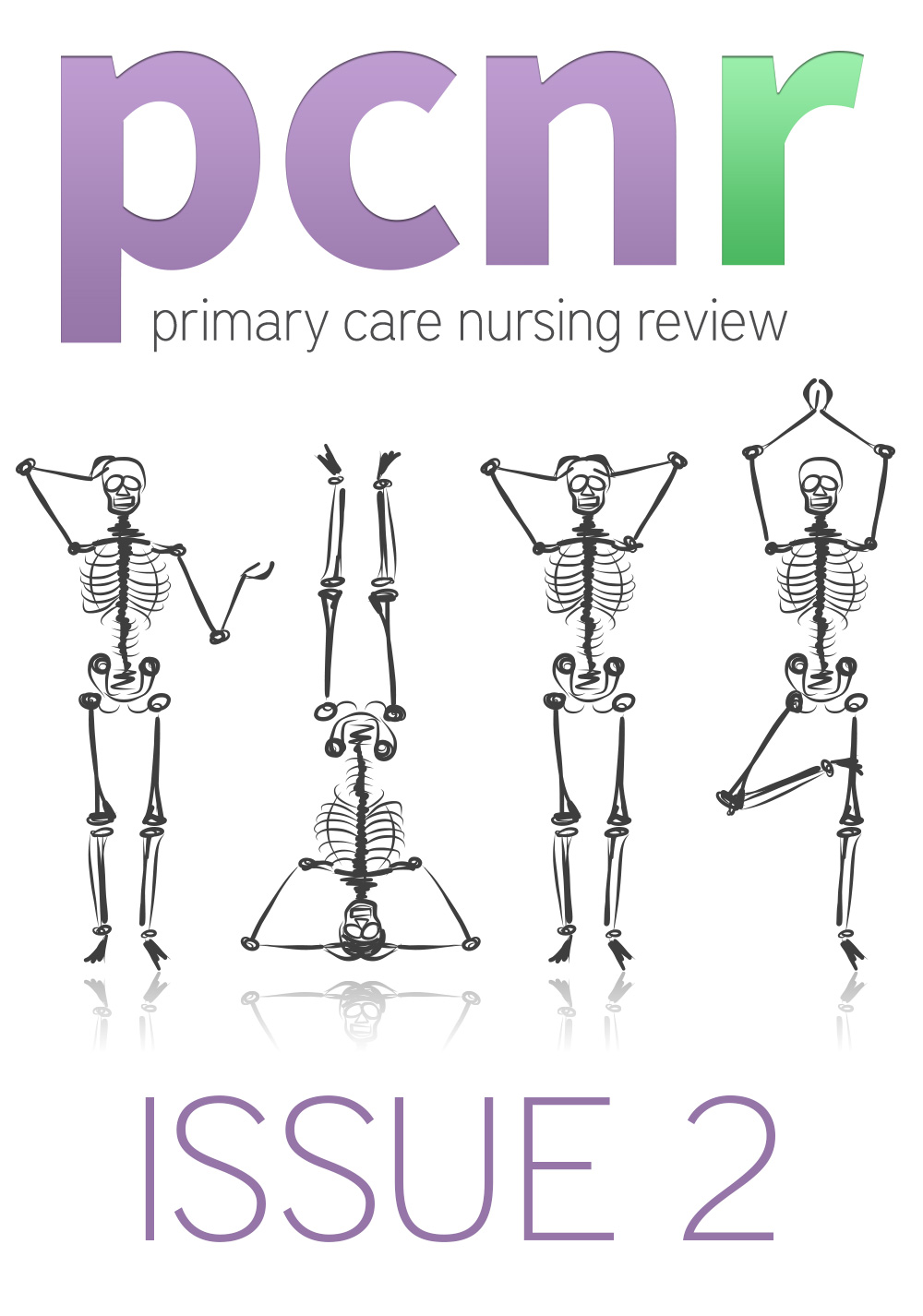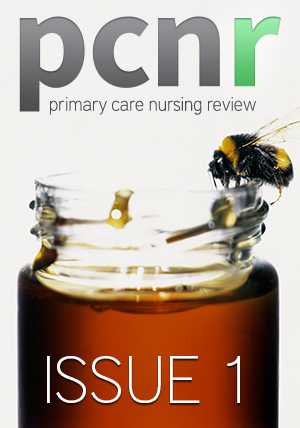The management of severe radiotherapy skin reaction exacerbated by concomitant Methotrexate : a case study
Kate Cooper, BSc (Hons), Macmillan Specialist Radiographer, Musgrove Park Hospital, Somerset
Introduction
Mrs Y attended for 15 treatments of radiotherapy to her right breast for high grade DCIS. There was nothing unusual about her case and her treatment was completed with no issues, however it was in her notes that she took Methotrexate for rheumatoid arthritis which has been noted to increase the risk of reaction during radiotherapy [1,2]. There was no policy in place to stop Methotrexate prior to RT, so she was pre-warned by the on-treatment review radiographer about the potential for an increased reaction; however her skin was intact at her final fraction with just some mild erythema, as expected. As she is large breasted with a grade 3 ptosis, she was advised to contact us if she had any soreness in the infra mammary fold (IMF) and we would advise her appropriately.
Two weeks after completing radiotherapy, she telephoned reporting extensive skin breakdown underneath the breast that her GP surgery was unable to manage. She attended for assessment and was found to have confluent RTOG 3 moist desquamation on the underside of her breast, extending superiorly to the edge of the areola and inferiorly on to the abdomen. There was also a patch of moist desquamation in the axilla approximately 8cm x 7 cm. Practice nurse interventions had included a high-adhesive woven dressing, which on removal, also removed more of the fragile epidermis around the desquamation. Mrs Y was in extreme pain due to the exposure of the underlying dermis and was extremely distressed that this reaction had happened. There was evidence of bleeding and the area was heavy with exudate.
At the first assessment, the IMF was swabbed to check for anaerobes and then irrigated with saline. There were small islands of epithelialisation but larger areas of necrotic skin still peeling away. Aquaform hydrogel was applied to the necrotic areas and Adaptic Touch wound contact layer applied to help contain the exudate and provide a moist wound healing environment. Polymem roll (10 x 61cm) was cut and applied to the IMF. A further piece of Polymem was cut to cover the superior part of the skin breakdown and secured to the lower dressing with dressing fixation tape. The whole dressing was secured to the skin with Mepitac on each edge.
Usually, the patient’s bra will hold the Polymem in place sufficiently, but the size of the dressing required meant that further fixation was necessary. The use of Mepitac tape, which utilises SafeTac technology, meant that dressing removal was painless at the site of tape removal and atraumatic to the surrounding skin. The axilla, which was showing signs of epithelialisation, was irrigated and a Mepilex Border 10 x 12.5cm dressing applied. A larger dressing was selected due to the evidence of dry desquamation and skin sensitivity surrounding the moist desquamation and also because the axillary region is difficult to dress due to patient movement.
The patient was highly distressed by the pain during cleansing so the GP surgery was contacted to arrange a prescription for Oramorph 10mg/5ml to use for dressing changes and breakthrough pain between her normal regimen of paracetamol. Once dressings were applied, Mrs Y found these to be comfortable and allow her to still carry out all activities of daily living.
Six days later, Mrs Y attended for further assessment. Her pain was under control with the introduction of Oramorph and she had been managing to redress the wounds at home with the help of her husband. On examination, the IMF was still heavy with exudate and the desquamation was still confluent but there were signs of improvement with visible epithelialisation in the centre of the IMF wound. The previous swab was negative for anaerobes. Mrs Y was finding she had to change the Polymem daily due the heavy exudate load. The axilla also showed signs of healing but exudate was heavier so this area was swabbed. Both areas were cleansed and redressed as per the first visit.
The next visit was 8 days later. In that time, the axilla swab had been returned with a heavy growth of staphylococcus aureus. As Mrs Y is allergic to penicillins, tetracycline 250mg qds for 7 days was recommended and GP contacted to action this. Mrs Y had recently started a course of clarithromycin for an URTI, so confirmation was obtained from the hospital microbiologist that the two antibiotics could be taken concomitantly.
There were further signs of healing evident but still plenty of exudate, particularly in the axilla. Areas irrigated with saline and redressed with Adaptic Touch and Polymem for IMF and Adaptic Touch and Mepilex Border for axilla.
Healing continued with good progress but six days later, there was still a small amount of exudate at the lateral end of the IMF wound. The Adaptic touch was reduced and applied just to the exuding areas only. The axilla showed vast signs of improvement - signs of healing evident and moist area much smaller. Areas were irrigated with saline and redressed with Adaptic Touch and Polymem for IMF and Adaptic Touch and Mepilex Border for axilla. Mepitac tape continued to be used to secure the dressings.
One week later, the areas were looking better still. The underside of the breast displayed a small patch of moist desquamation with minimal exudate. The axillary wound was now dry but due to friction in this area, small dressings were still applied to protect the integrity of the newly formed epidermis. Areas irrigated with saline and redressed with Adaptic Touch and Polymem for IMF and Mepilex Border 7.5 x 7 for axilla.
Over the following 3 weeks, the skin continued to heal with improvement seen each week. Only minimal exudate was present in the far lateral end of the IMF wound, and so only small pieces of Adaptic Touch were required each time with Polymem and Mepilex Border still being utilised for comfort and protection. A small scab developed on the lateral breast, but this was left to drop off and heal spontaneously, which it did so within a week of appearing.
At this stage it was discussed with Mrs Y about using just her bra to hold the dressings in place and also to try to participate in her normal activities such as singing and Zumba, fatigue permitting. Prior to this, Mrs Y had not felt she could go very far from the house due to discomfort and worrying about heavy exudate coming through onto her clothes. The risk of hyperpigmentation and permanent telangiectasia following healing was also discussed.
On her final visit to the department, Mrs Y was feeling much more confident and happier with her situation. Healing of both areas was now complete with healthy, new epidermis present. Mrs Y felt she still needed to use the Polymem in the IMF as she felt more confident with this on, but was happy to leave the axilla uncovered. She had an open appointment with the department, safe in the knowledge that she could return at any time.
Discussion
Our standard skincare protocol of a hydrogel, wound contact layer and low-adhesive polyurethane dressings proved to be successful in aiding healing; however, the severity of the reaction experienced was far beyond what would be expected with modern radiotherapy techniques. It was concluded that there were other mitigating factors contributing to the level of skin breakdown experienced.
Mrs Y was in good health generally although has a previous history of hydrocephalus and Graves’ disease and the previously mentioned rheumatoid arthritis, managed at an outlying hospital. Her medications were Methotrexate, Leflunomide and thyroxine. There is no evidence linking skin sensitivity with thyroxine or Leflunomide, but it is recognised that Methotrexate can sensitise the skin sometimes causing cutaneous reactions ]1,2]. There is also some evidence, albeit limited, of increased skin reaction in patients taking concomitant Methotrexate whilst undergoing radiotherapy [2]. Although the Methotrexate was not being given for a malignant condition in this case, the radiotherapy and Methotrexate work synergistically together to create sensitivity in irradiated tissue. There are a number of studies that detail the recognised risk of a recall reaction when Methotrexate is taken after a course of radiotherapy [3,5,6,7].
Conclusion
Drug manufacturers advise of the risk of cutaneous reactions in their product information and recommend avoidance of sunlight or UV lamps. As ionising radiation is adjacent to UV on the electromagnetic spectrum, we can safely assume that it will have a similar, if not the same, enhanced effect on skin when delivered in combination with Methotrexate.
Alongside the recognised effects of Methotrexate on slowing the production of new cells whilst suppressing the immune system and its effect on DNA synthesis, repair, and cellular replication particularly in actively increasing tissues such as skin epithelium, we can be confident that Methotrexate played a large part in the severity of Mrs Y’s reaction.
Following Mrs Y’s unfortunate experience, her case was discussed at the monthly morbidity and mortality meeting and the monthly oncology board meeting. It was decided unanimously that all policies and protocols should be amended to make note of the fact the if patients are on Methotrexate prior to starting RT, it should be suspended and then recommenced once RT is complete. Communication with rheumatology in the outlying hospital was initiated to ensure they were also aware of the requirements to stop Methotrexate. We also communicated with Mrs Y’s GP surgery making sure they had copies of our local skincare guidelines to help them manage radiotherapy reactions in the future. Careful liaison with our rheumatology colleagues will need to happen in the future to prevent this level of radiotherapy reaction occurring again.
















